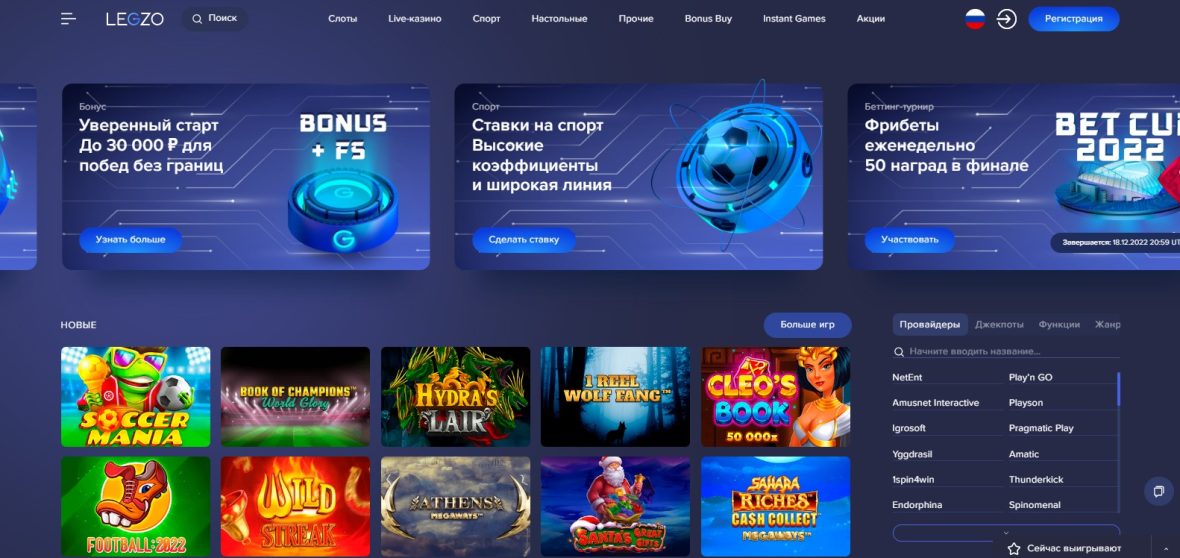
In the lively and thrilling world of casinos, wherein luck and strategy intertwine, color and design play a key role in drawing in players. From the moment players step inside a casino or log into a gaming website, they are immersed in a sightly feast that captures their attention and lures them to discover further. Bright colors, engaging graphics, and creative layouts are meticulously crafted to create an environment of excitement and expectation, ultimately enhancing the gaming experience.
While players move through the dynamic landscape of casino games, they encounter a variety of designs that not only serve aesthetic purposes but also affect emotions and decision-making. Hues like red and gold symbolize wealth and fortune, while soothing blues and emeralds can create a much relaxed environment. Grasping how these elements work together allows casinos to create an welcoming and energizing atmosphere that encourages players to interact with the games, spend additional time at the tables, and increase their general enjoyment.
The Study of Hue in Gaming Establishments
Hue plays a crucial role in the creation of gaming experiences, shaping player emotions and responses. Vivid and bold colors, such as red and gold, are often used to stimulate thrill and draw attention. These hues create a feeling pressure and energy, encouraging participants to involve themselves more readily with the activity. By thoughtfully selecting tints, designers aim to evoke emotions of pleasure and excitement, which can enhance the total game experience.
Various hues also have psychological associations that can impact how participants perceive their odds of victory. For example, lime is frequently associated with good fortune and abundance, making it a frequent choice in activities like roulette and poker setups. This connection can result participants to feel more hopeful and self-assured in their gaming, ultimately encouraging them to bet more. Grasping these links allows game developers to design environments that enhance player happiness and engagement.
In addition, the design of gambling game interfaces often uses color gradients and differing colors to guide players’ responses. For instance, successful combinations may be emphasized with vivid, opposing hues, creating a visual incentive. This technique supports positive outcomes and promotes repeated participation. By utilizing color psychology, gambling establishments can create games that not only attract participants but also keep them engaged and invested in their gaming experience.
Creative Features that Attract Players
The visual appeal of casino games is primarily influenced by the use of bold colors. Bright and contrasting colors are strategically chosen to create an appealing atmosphere that grabs interest. For instance, reds and golden hues often signify good fortune and wealth, which is why they are common in the palettes of slot machines and game surfaces. These colors not only draw players in, but they also stir emotions related to excitement and anticipation, enhancing the total gaming experience. https://bj88a.info/
In parallel to color, the aesthetic and layout of gambling games play a significant role in player attraction. Games are designed to be intuitive, ensuring that players can quickly understand the guidelines and gameplay. Accessible interfaces, along with captivating graphics and motion, help maintain player interest and promote extended play sessions. The tactile elements, such as the texture of the buttons and the sounds of the games, also add to a holistic sensory experience that keeps players immersed.
Finally, conceptual elements in gaming design can significantly influence player choice. Many casino games are inspired by media, myths, or exploration motifs, incorporating symbols and characters that resonate with players. These themes create a sense of engagement and relatability, making each game feel distinct. When players feel a connection to the theme, they are more likely to choose that game over others, leading to increased participation and excitement within the casino environment.
Case Studies: Notable Gambling Game Designs
One prime example of effective casino game design is the popular slot machine series based around popular movies. https://bj88a.info/ Games such as those based on the Wizard of Oz and Game of thrones utilize bright colors and superior graphics to engage players in recognizable narratives. The application of lively visuals and captivating sound effects grabs the focus of players, building an affective connection to the theme. This strategy not only promotes longer play but also boosts the overall gaming experience, resulting in increased player retention.
Another notable case is the application of color psychology in table games like blackjack and the wheel. Casinos often develop these games with rich reds and greens, colors traditionally linked with luck and wealth. For instance, the green felt on a blackjack table provides a relaxing effect, while the crimson accents in the wheel invite thrill. This deliberate use of color helps to create an inviting atmosphere that motivates players to join in, addressing their psychological impulses and enhancing their enjoyment.
Finally, social casino games that include social features and bright, dynamic designs have achieved remarkable success in engaging players. Games like Zynga Poker and Slot-O-Mania leverage bright colors and playful animations to create an inviting online environment. The addition of leaderboards, community sharing options, and in-app rewards promotes competition and community, attracting players in for longer sessions. Such designs not only make the games visually appealing but also emphasize community engagement, a vital factor in player retention and engagement within online casino environments.